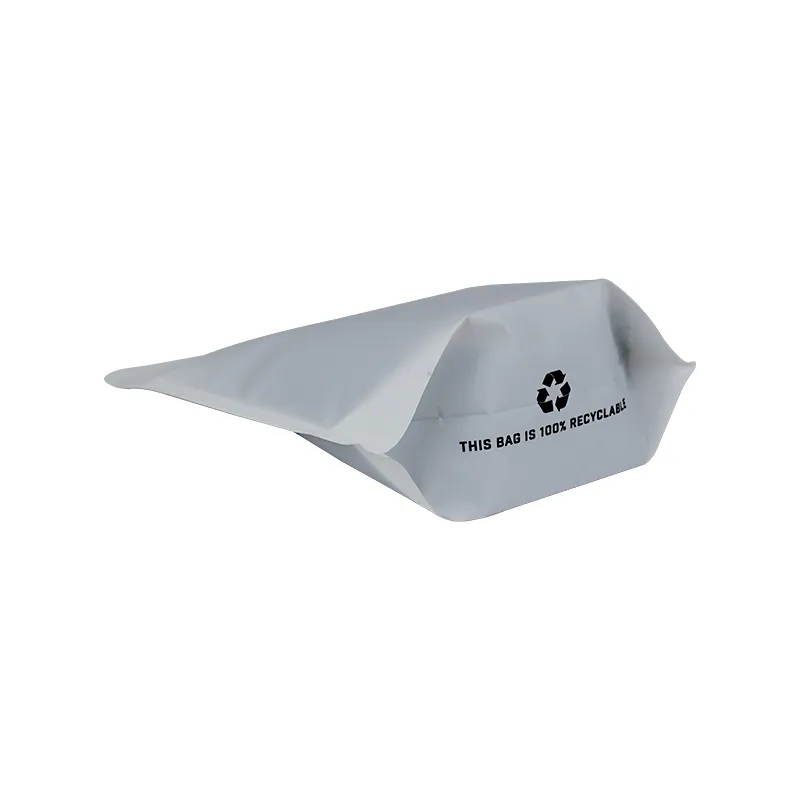Understanding C-UL Certification and Its Importance in Product Safety Standards
Understanding C-UL Certification What You Need to Know
In today’s global marketplace, safety and compliance are paramount, especially when it comes to electrical and electronic products. One of the certifications that has gained prominence is the C-UL certification. This article delves into what C-UL certification is, its significance, the process involved in obtaining it, and how it differs from other certifications.
What is C-UL Certification?
C-UL certification is an indication that a product has been tested and meets Canadian safety standards established by Underwriters Laboratories (UL). This certification is significant for products sold in Canada, ensuring that they comply with both Canadian safety standards and relevant electrical codes. The C in C-UL indicates compliance with Canadian standards, while UL signifies the product meets standards set by Underwriters Laboratories.
Importance of C-UL Certification
1. Safety Assurance C-UL certification assures consumers that the products are safe to use, minimizing the risk of accidents due to electrical failures. This is vital for consumer confidence and trust in a brand or product.
2. Market Access For manufacturers looking to enter the Canadian market, obtaining C-UL certification is often a prerequisite. Retailers and distributors may require this certification before they can sell products in Canada, making it crucial for market access.
3. Regulatory Compliance Canadian laws impose strict safety regulations. C-UL certification helps ensure compliance, thus avoiding legal complications or product recalls.
4. Quality Assurance The certification process also serves as a quality assurance measure, indicating that the product not only meets safety standards but also performs reliably under normal operating conditions.
The Certification Process
Achieving C-UL certification involves several steps, including
c-ul certification

1. Product Testing The manufacturer submits the product to a recognized testing laboratory, where it undergoes rigorous evaluation against Canadian standards. This includes electrical safety tests, fire hazards tests, and more.
2. Documentation Review The manufacturer must provide detailed documentation about the product's design, materials, and intended use. This ensures that all potential safety concerns are addressed.
3. Quality Control Inspection UL conducts inspections of the manufacturer's production facilities to ensure that quality control measures are in place and consistently followed.
4. Ongoing Compliance Once certified, manufacturers are subject to periodic re-evaluations to ensure continued compliance. This may include random product testing and factory inspections.
Differences from Other Certifications
While C-UL certification focuses on Canadian safety standards, there are other similar certifications worth noting
- UL Certification This pertains primarily to compliance with U.S. safety standards. A UL certification may not necessarily mean compliance with Canadian standards.
- C-ETL Certification This certification indicates compliance with both Canadian and U.S. standards by Intertek’s ETL testing labs. It is similar to C-UL but involves different testing and evaluation processes.
- CE Marking In contrast to C-UL, the CE marking is used in the European Union. It signifies that a product meets EU safety, health, and environmental requirements.
Conclusion
In summary, C-UL certification is a crucial component of product safety and compliance in Canada. It not only enhances consumer trust but also facilitates market entry for manufacturers. By understanding the significance of this certification and the meticulous process involved in obtaining it, businesses can better navigate the complexities of safety regulations and improve the quality and safety of their products. For any manufacturer looking to sell their products in Canada, prioritizing C-UL certification is not just a regulatory necessity but also a commitment to excellence and consumer safety.













